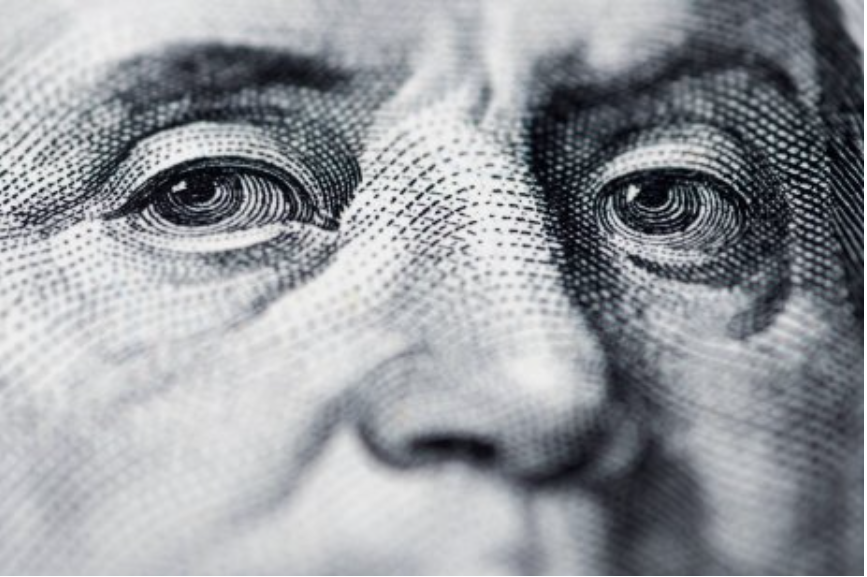A cura di Alberto Soncini
As essential expenses soar in cost our only response to non-discretionary expenses ( such as shelter, utilities, healthcare etc..) is: “ yes, it’s costly, but there’s little we can do about it without making major changes in our lives”
Source: Bloomberg Terminal
Discretionary purchases are a different matter. The pleasure gained from the purchase must be significant enough to justify the financial cost. However, at some point—varying for each individual—the cost becomes so high that the pain of that expense outweighs the pleasure of the purchase.
Even well-off retirees are shocked when a fast-food meal that would have been covered by a $20 bill a few years ago now requires a $20 and a $10.
As long as the credit card had plenty of spending power, people didn’t seem to feel any pain as costs rose. $400 per day for an ordinary room in a standard resort? No problem. $100 to change the car’s oil? No problem. But once the funds available for discretionary spending dry up, sensitivity to financial pain increases.
Source: Bloomberg
The perception of value varies significantly, depending on time, place, and individuals. What seems costly in one situation may offer high value to someone else. But if we chart all these unseen data points, we sense a change in the tide: many discretionary purchases are no longer worth the cost.
This introduces two psychological factors in inflation:
- The successive increases in the cost of services that were previously stable, triggers a spending cut behavior. When the utility bill rises month after month, we take notice and start considering actions to reduce or eliminate this expense.
- The other factor is that we tend to complain when prices rise, as if low prices are an entitlement and we’ve somehow been deprived of something we’re entitled to. But value is conditional and contingent, meaning that it depends on variables that are not constant and consumers cannot expect the same level of prices over time.
In some cases, we simply can no longer afford the service or product. In other cases, the value has diminished as the cost has risen, or the cost has risen to the point where it far exceeds the value.
As inflation is expected to remain “steaky”, some consumer behaviors might change accordingly, especially with discretionary purchases.





